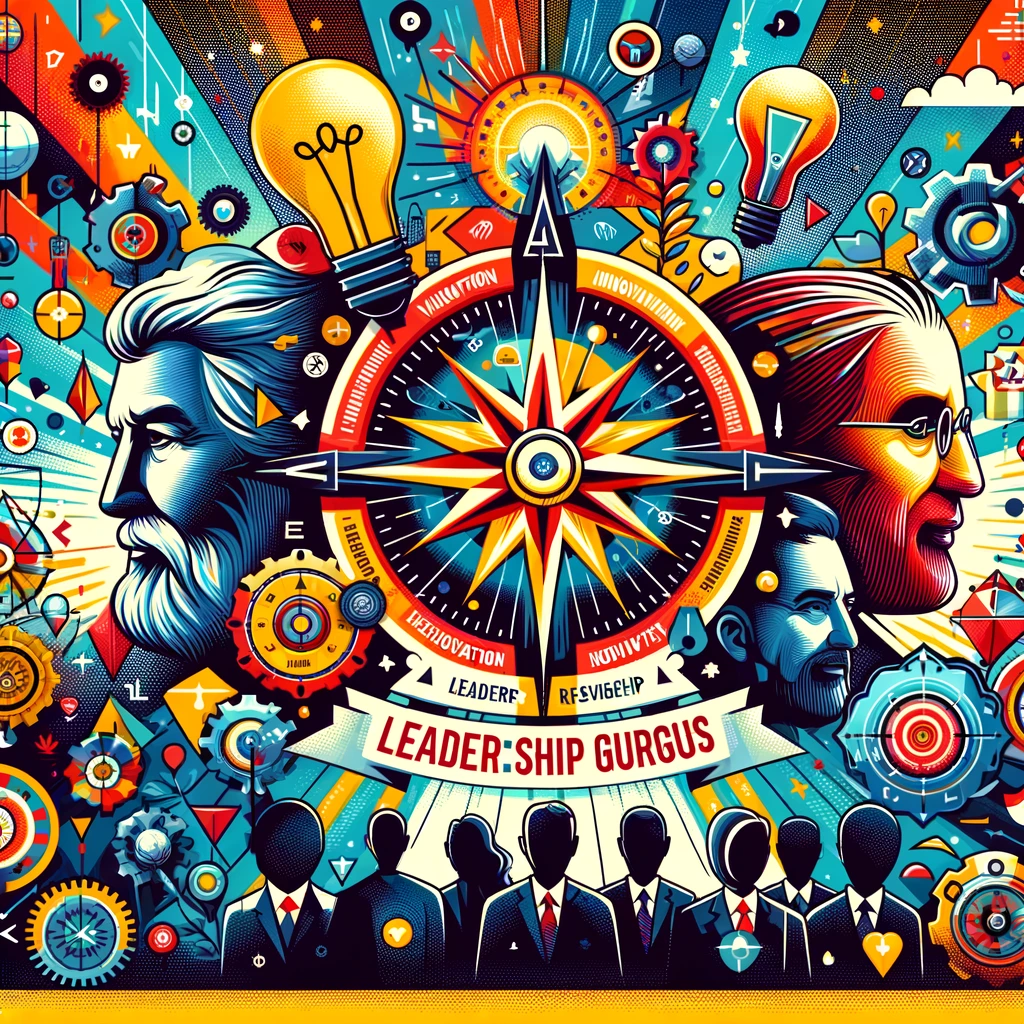Many thought leaders have made significant contributions to the field of leadership. The following list, in no particular order, highlights ten notable leadership gurus who have had a substantial impact on how we understand and practice leadership:
- Peter Drucker: Widely regarded as the "father of modern management," Drucker's work on management principles and leadership styles has impacted organizations and leaders worldwide.
- John C. Maxwell: A best-selling author and leadership coach, Maxwell has written numerous books on leadership and personal growth, including "The 21 Irrefutable Laws of Leadership" and "The 5 Levels of Leadership."
- Jim Collins: Best known for his books "Good to Great" and "Built to Last," Collins has developed influential leadership concepts such as Level 5 Leadership and the Hedgehog Concept.
- Stephen R. Covey: Covey's "The 7 Habits of Highly Effective People" has been a best-selling leadership book for decades. His focus on principles and character-based leadership has influenced many leaders.
- Simon Sinek: Sinek's TED Talk, "Start with Why," and his subsequent book, "Start With Why: How Great Leaders Inspire Everyone to Take Action," have shaped how leaders think about purpose and motivation.
- Ken Blanchard: Co-author of the best-selling book "The One Minute Manager," Blanchard has developed the Situational Leadership model and is a widely respected leadership consultant and speaker.
- Daniel Goleman: Goleman's work on emotional intelligence has had a significant impact on leadership development, emphasizing the importance of self-awareness, empathy, and social skills in effective leadership.
- Brene Brown: Brown's research on vulnerability, courage, and empathy has given leaders new insights into the importance of authenticity and psychological safety in the workplace.
- Marshall Goldsmith: An executive coach and best-selling author, Goldsmith is known for his work on leadership development, coaching, and behavior change, including the book "What Got You Here Won't Get You There."
- Rosabeth Moss Kanter: A professor at Harvard Business School and author of several books, Kanter's work on innovation, change management, and leadership has influenced leaders in various industries.
These leadership gurus have significantly contributed to our understanding of effective leadership and continue shaping how leaders think and act in various contexts.






